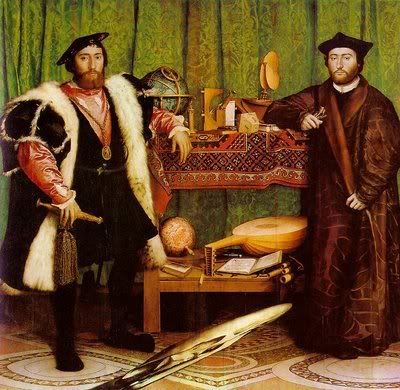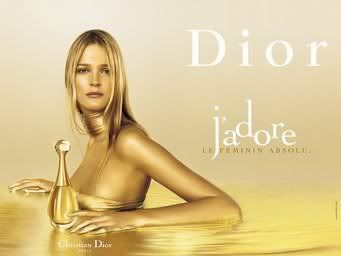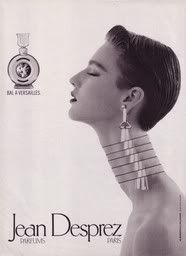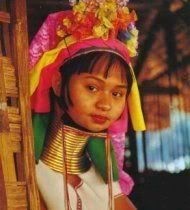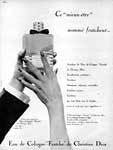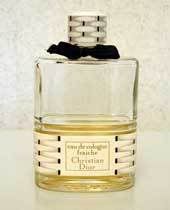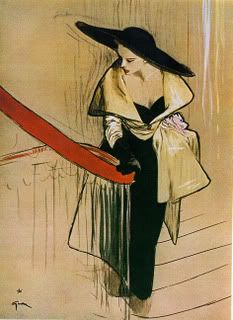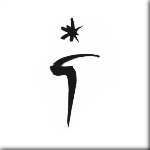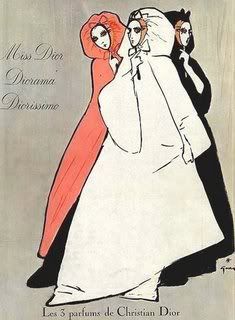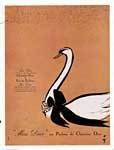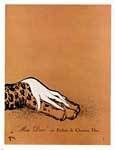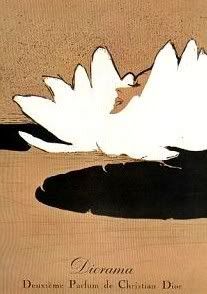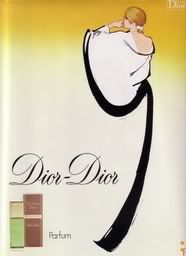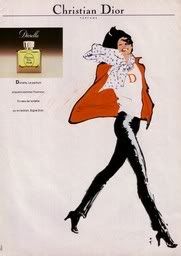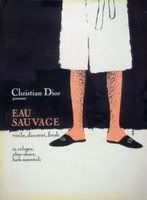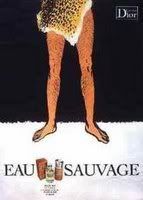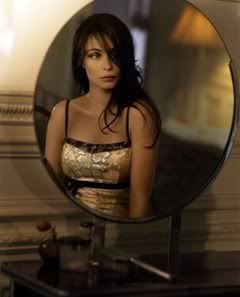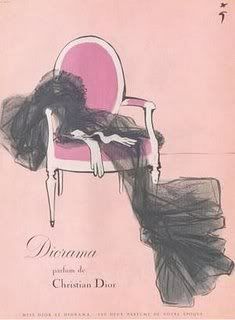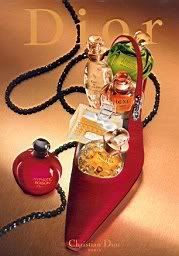.jpg)
According to the Hindu Business Line, Dior scheduled the official fragrance launch at The Dune Eco Beach Hotel in Puduchery in a move of almost parochial emphasis. The celebration took 3 days and 40 journalists from around the world staying at the popular 36-acre eco-friendly resort.
The Eau-de-Cologne-with-a-twist interpretation of the Escales de Dior series blossomed into pleasantly appealing local folklore in last year's Escale à Portofino with its Italian accents of bergamot, citron, petitgrain, glorious orange blossoms and bitter almonds, all part of the local flora. The pneuma of those colognes is expressed by the link between the raw materials and the chosen destinations, lands of culture and fragant history. François Demachy next chose India, inspired by the fragrances from Pondicherry and Kerala, to unravel the exotic fragrances of India and the raw materials we have come associate with the peninsula: Jasmine, sandalwood and tea. According to the press release "The perfumer has selected a black tea enwrapped in a fresh and light signature that harmonizes with a spirit of happy insouciance".
 The idea of a light cologne in an Indian setting has been previously explored in the perplexing yet astute Un Jardin après la Mousson by Jean Claude Ellena for Hermès. Boucheron created Jaipur, a different beast, a fruity oriental inspired by the legendary city of jewels; Patou featured the banana note of ylang- ylang and jasmine in the floriental Sira des Indes; while Kenzo Amour Indian Holi even has "holi hai" written on the red bottle in Hindi! Even Cabochard was inspired by memories of a soujourn of Madame Grès at the exotic peninsula. And of course there's always Shalimar... India has never been short of pefumes dedicated to its olfactory traditions!
The idea of a light cologne in an Indian setting has been previously explored in the perplexing yet astute Un Jardin après la Mousson by Jean Claude Ellena for Hermès. Boucheron created Jaipur, a different beast, a fruity oriental inspired by the legendary city of jewels; Patou featured the banana note of ylang- ylang and jasmine in the floriental Sira des Indes; while Kenzo Amour Indian Holi even has "holi hai" written on the red bottle in Hindi! Even Cabochard was inspired by memories of a soujourn of Madame Grès at the exotic peninsula. And of course there's always Shalimar... India has never been short of pefumes dedicated to its olfactory traditions!It seems however that travel destinations are very popular right now with big companies (judging by the travelogue of the Guerlain scents which we were the first to reveal back in August last year or the travel exclusives of Lauder and Lancôme) as are Eaux de Cologne in general (from the new Hermès Cologne collection including Eau de Pamplemousse Rose and Eau de Gentiane Blanche to the Chanel Exclusif Eau de Cologne which pre-emptied the trend).
India however has not been unknown to the Christian Dior fashion house: Chandernagore/Chandannagar, another Indian town of French colonisation, was referenced as early as in Dior's Fall-Winter 1947 collection! In 1962, Dior held two shows in Delhi and Mumbai and the last creation presented was ‘Voyage en Inde’ (Voyage to India). And of course the Dune hotel nicely references the now classic Dune fragance by Dior, a non-ozone "marine" for the 90s. However Goa, the ulta-popular destination for the new generation of India-travellers was eschewed in favour of Pondichéry, “a distant and exotic destination, an ideal of escapism and travel”, according to Demachy.
In Dior's Escale à Pondichry the diaphanous, almost colourless juice ~in the matelassé glass bottle that is meant to transcend the collection~ delivers a shot of refreshing and nicely bittersweet aroma meant to act as a journey carnet in very simple strokes. Four major Indian ingredients went into the making of this perfume and they're mingled into the composition with delicate mannerisms that should please without aspirations of symphonic cadenzas. Demachy lists them as Cardamom Essence in the top; Jasmine Sambac Absolute in the heart; Sandalwood Essence in the bottom; and Black Tea Extract as a "fil rouge" (common thread). Although one almost expects by default some spice in a composition inspired by India, the graceful weaving through of cardamom, used to aromatize both coffee and tea, is the protagonist in the delicate and contemporary take on a refreshing cologne of citrus opening with a pleasingly dry base and very transparent floral accents. The composition doesn't especially smell of the tannic facets of stong brews of black tea (and aren't there enough tea fragrances on the market already?), but more of an abstract idea of ambery woodiness and lightly smoky powder (probably due to synthetic musks). Will it prove as popular as Escale à Portofino did? It remains to be seen. The demographic is the same, but I predict that this one might attract more men without being too masculine in scent.
 From a visual point of view the advertisements with the big-straw hat blonde Edita , all decked in white bat-sleeves and pop sunglasses bring to mind more of Estée Lauder or Elizabeth Arden cruise-style collections for WASP ladies than the exotic locales of India or the boho-chic tourists that pilgrimage. And it leaves one in aporia as to why Kalyani Chawla (the indian face of Dior) wasn't appropriate for this project of all projects! But the marketing angle is thus apparent and who can blame them? The modern consumer of globalised galivanting is far removed from the Ravi Shankar apprentices who followed en route to the spiritual. Perhaps taking that last observartion in mind might ellucidate the facets that surface in the latest fragrance.
From a visual point of view the advertisements with the big-straw hat blonde Edita , all decked in white bat-sleeves and pop sunglasses bring to mind more of Estée Lauder or Elizabeth Arden cruise-style collections for WASP ladies than the exotic locales of India or the boho-chic tourists that pilgrimage. And it leaves one in aporia as to why Kalyani Chawla (the indian face of Dior) wasn't appropriate for this project of all projects! But the marketing angle is thus apparent and who can blame them? The modern consumer of globalised galivanting is far removed from the Ravi Shankar apprentices who followed en route to the spiritual. Perhaps taking that last observartion in mind might ellucidate the facets that surface in the latest fragrance.
Escale à Pondichéry launched in India on Saturday March 21st, launches in European boutiques on May 28th and is expected to arrive on the US shores in July 2009. It will be available in 75ml bottles of Eau de Toilette for 64,95€ .
Oh and if Dior is taking ideas, might I suggest the next escale is inspired by Assos in Cephalonia, Greece? (click for pic here)
Pics via Dune hotel blog and fr.bkrw.com.
.jpg)




.jpg)
.jpg)
.jpg)
.jpg)
.jpg)
.jpg)

